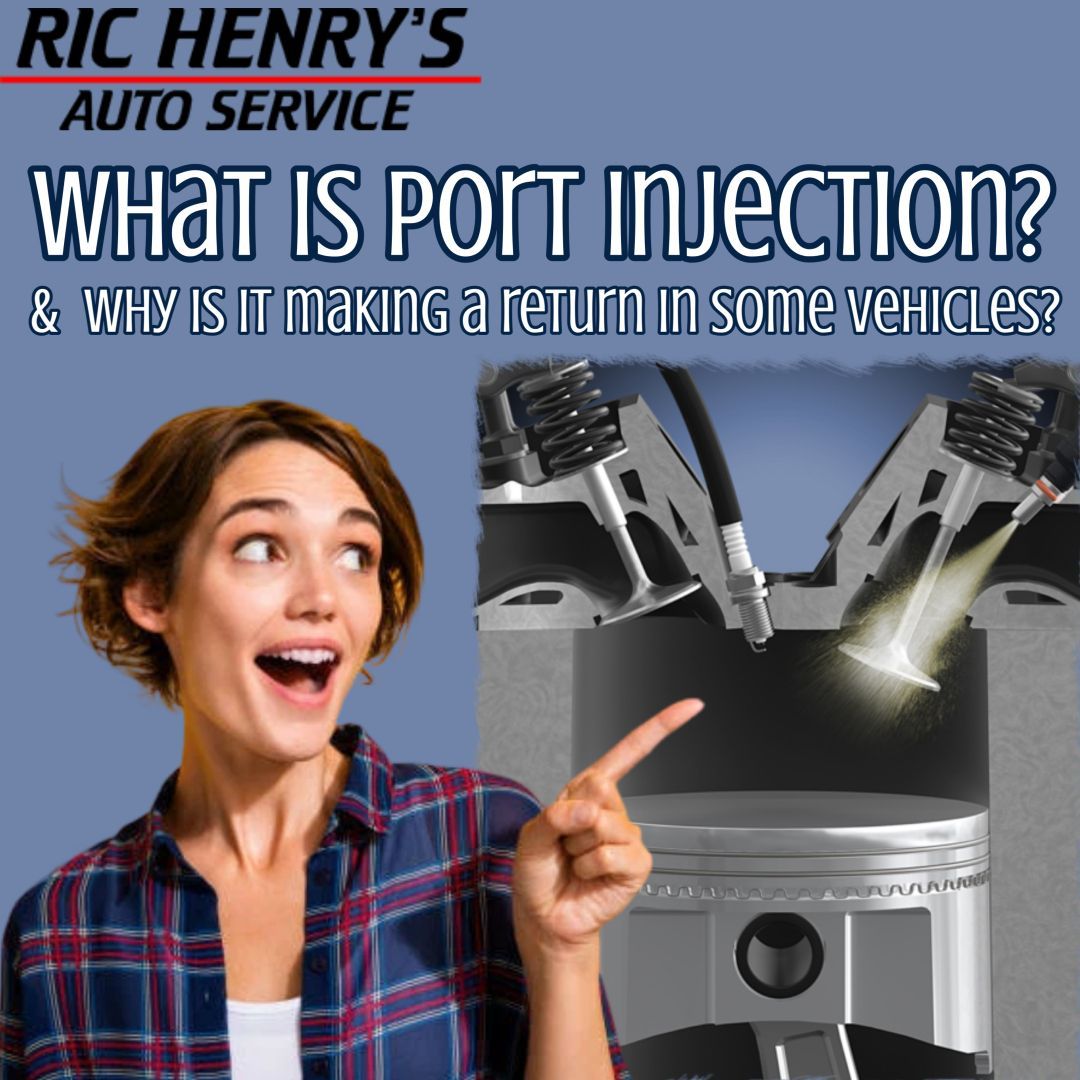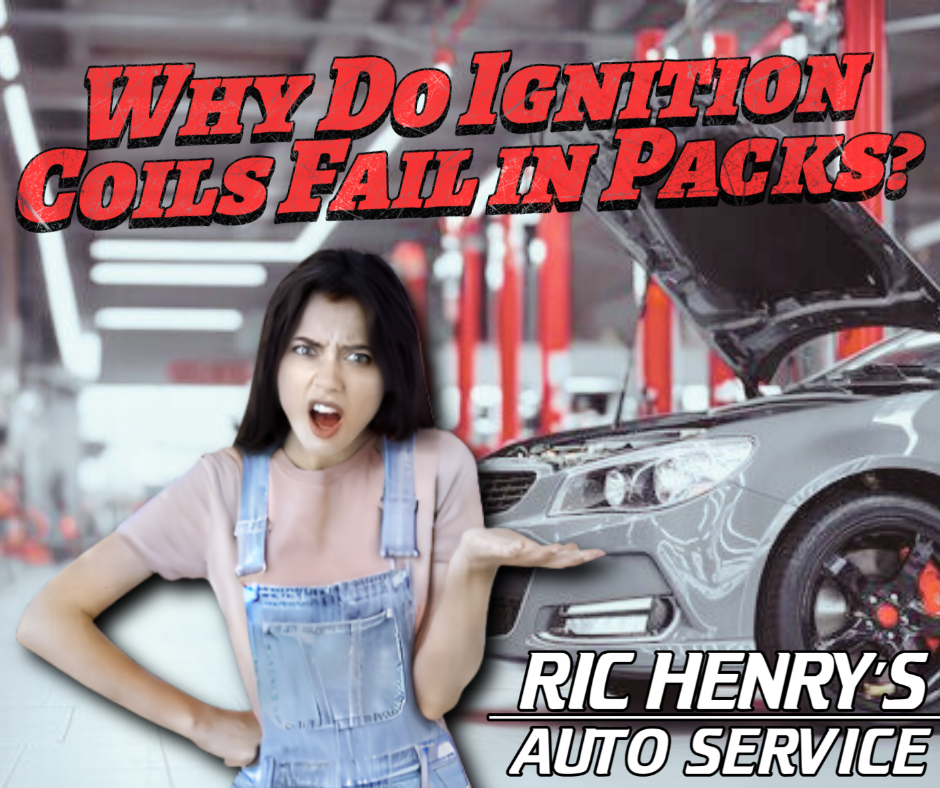Why Your Next Engine Might Have 'Old-School' Port Injection
NaTasha Brand • October 14, 2025
The Comeback Kid

If you’ve ever felt like automotive technology is a one-way street toward more complexity, you’re not alone. We went from carburetors to fuel injection, and then from port injection to the high-tech wonder of direct injection. It seemed like progress was a straight line. But if you pop the hood on some of the newest, most advanced engines from Toyota, Ford, and Volkswagen, you’ll find a surprising sight: a return to the "old" way of doing things. That’s right, port injection is making a major comeback.
So, what’s the deal? Is this a technological step backward, or a brilliant piece of engineering pragmatism? Let’s dive into the fuel rails and find out.
A Tale of Two Injections: Port vs. Direct
First, a quick primer on the key players in this drama:
• Port Fuel Injection (PFI): The seasoned veteran. This system sprays fuel into the intake port, just upstream of the intake valve. Here, it mixes with incoming air before the whole air-fuel cocktail is drawn into the cylinder. It’s a thorough mixing process that has served us well for decades.
• Gasoline Direct Injection (GDI): The high-tech star. GDI injects fuel directly into the combustion chamber at extremely high pressure, just before the spark plug fires. This allows for more precise control, cooler combustion, and better fuel economy.
For years, GDI was the undisputed champion. It made more power from smaller engines and helped manufacturers meet stringent fuel economy standards. But it had a dirty little secret.
The GDI's Achilles' Heel: Carbon Buildup
Here’s the problem with GDI: because fuel is no longer washing over the back of the intake valves, there’s nothing to clean away the oil vapor and carbon deposits that get past the PCV system. Over time, here in San Angelo, where a little dust is just part of the landscape, this grime bakes onto the intake valves like crusty barbecue sauce on a grill.
The result? A condition known as "carbon coking." This buildup restricts airflow, leading to:
• Rough idling
• Loss of power and responsiveness
• Poor fuel economy
• Failed emissions tests
It’s a problem that often requires a costly, labor-intensive procedure like walnut blasting to resolve.
The Best of Both Worlds: The Dual-Injection Solution
Enter the hero of our story: the dual-injection system. Engineers, in their infinite wisdom, decided not to choose between the two technologies but to marry them. These engines have both port and direct injectors.
This hybrid approach is like having a precision scalpel and a reliable paint roller in the same toolbox. Each system is used where it shines brightest:
• At low RPMs and for cold starts, the port injectors clean the valves and provide a smooth, stable mixture.
• Under high load and for maximum power, the direct injectors take over, cooling the combustion chamber and maximizing efficiency.
The result is an engine that delivers the power and efficiency of GDI without the carbon-clogged downside. It’s a genuine "have your cake and eat it too" moment in automotive engineering.
Pros and Cons: The Balanced Scorecard
Port Injection (PFI) Pros: Excellent at keeping valves clean, reliable, simpler to service.
Port Injection Cons: Less precise, less power-dense, not as fuel-efficient.
Direct Injection (GDI) Pros: Superior power and efficiency, reduces knock, allows for higher compression.
Direct Injection Cons: Prone to costly carbon buildup, can be noisier, more expensive to repair.
Dual Injection Pros: Combines the benefits of both; power, efficiency, and long-term reliability.
Dual Injection Cons: Increased complexity and cost (more parts).
Why This Tech Makes a Pro Mechanic More Important Than Ever
With systems becoming more complex, trusting your vehicle to a shop with the right expertise is no longer a luxury—it’s a necessity. Diagnosing a rough idle on a dual-injection system requires a technician who understands both old and new technologies and has the advanced diagnostic tools to communicate with the complex engine computer that manages it all.
At Ric Henry’s Auto Service, we’re already working on these next-generation systems. Our experienced technicians are equipped with the latest tools and training to diagnose whether your issue is a faulty port injector, a clogged direct injector, or the beginning of carbon buildup.
We use the same professional-grade equipment as the dealership to ensure an accurate diagnosis and a precise repair, the first time.
And no matter which type of fuel injection your car has, every service we perform is backed by our robust 3-Year/36,000-Mile Warranty—giving you peace of mind on every drive from Goodfellow to the Concho River.






Share On: